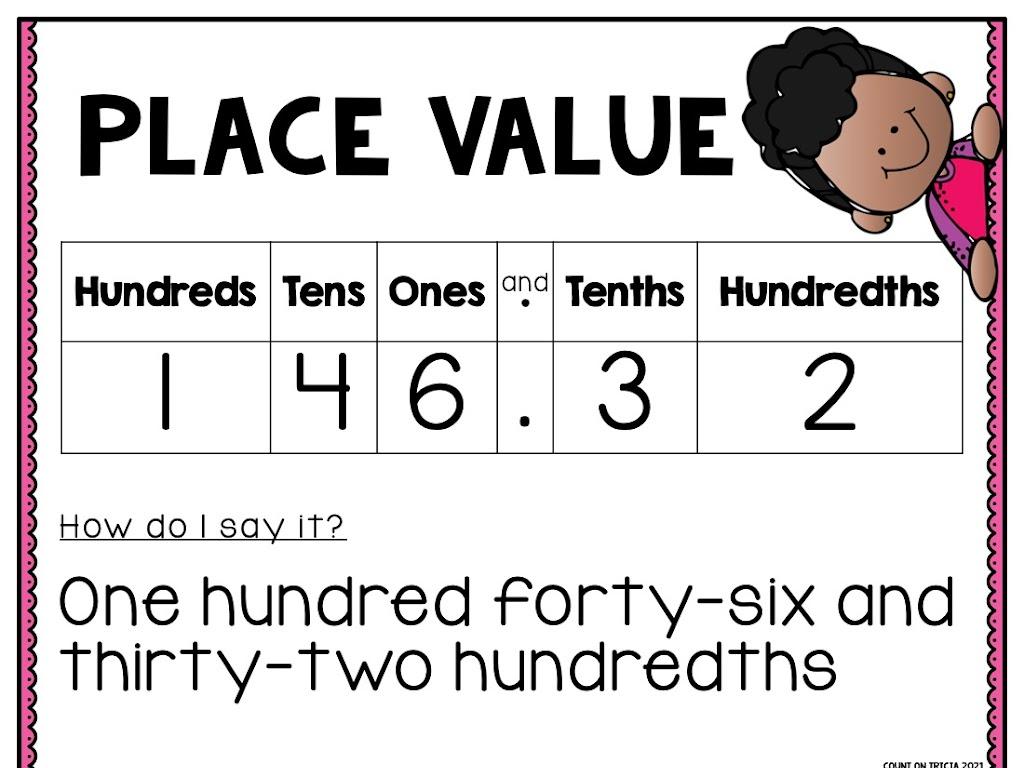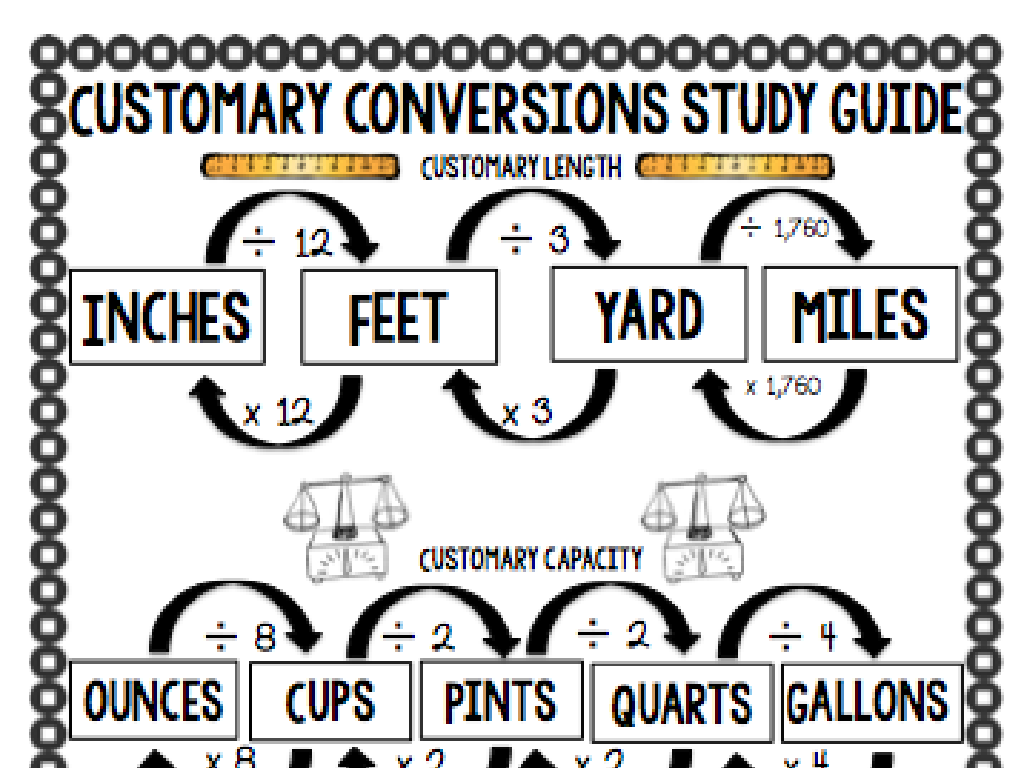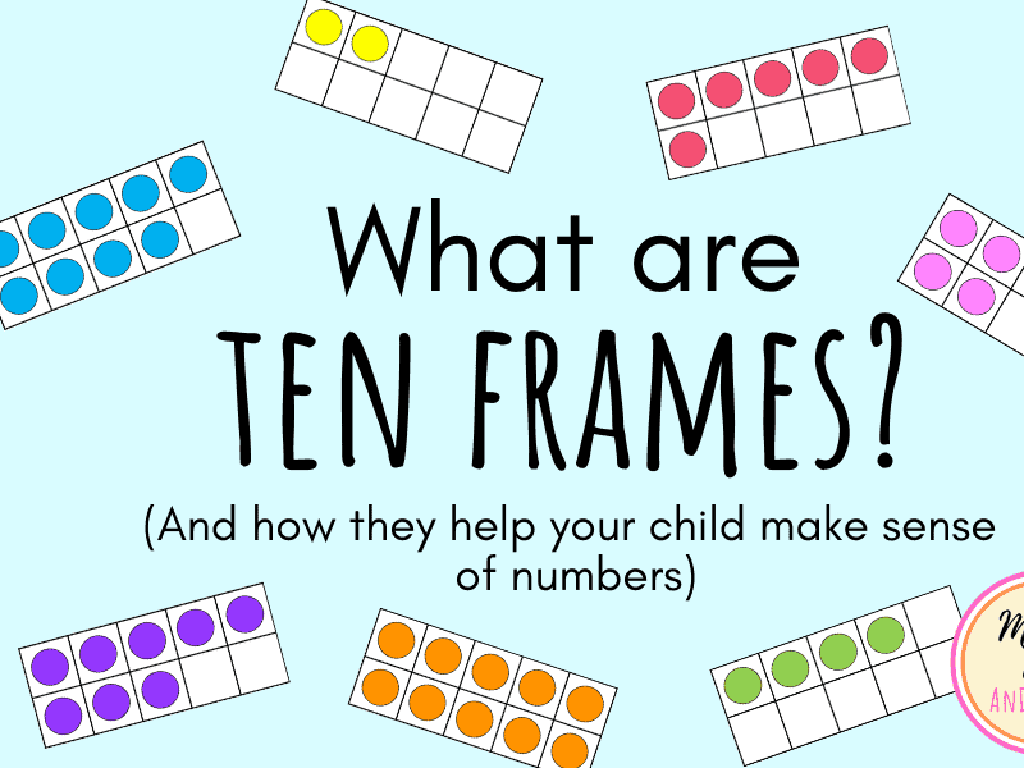Addition Sentences Up To 5 - What Does The Model Show?
Subject: Math
Grade: Kindergarten
Topic: Understand Addition Up To 5
Please LOG IN to download the presentation. Access is available to registered users only.
View More Content
Welcome to Addition!
– Greetings, young mathematicians!
– Today’s focus: Adding numbers up to 5
– Addition means combining things
– Like combining 2 apples with 3 apples to have 5 apples
– Visualize adding with objects
– We’ll use blocks or fingers to see addition
|
This slide is an introduction to the concept of addition for Kindergarten students. Start by warmly greeting the students and sparking their interest in mathematics. Explain that addition is simply the process of putting things together to make a bigger group. Use tangible examples like combining fruits or toys, which they can easily relate to. Demonstrate addition using visual aids such as blocks or fingers to show how two groups of items can be combined to form a larger group. This visual representation will help them grasp the concept of addition more concretely. Encourage the students to participate by using their own fingers or objects in front of them to practice adding numbers up to 5.
Learning to Add: What Does It Show?
– Addition means joining together
– Combining groups makes a bigger group
– The answer is the ‘sum’
– If we have 2 apples and 3 apples, we combine them to get 5 apples in total
– We can add up to 5
– Practice with numbers 1, 2, 3, 4, and 5
|
This slide introduces the concept of addition to Kindergarten students. Start by explaining that addition is like putting things together to make one big group. Use tangible examples like combining different sets of toys or snacks to illustrate the point. The term ‘sum’ is introduced as the result of this combining. Reinforce the concept by using simple numbers up to 5, which is appropriate for their level. Encourage the students to use their fingers to add numbers together, making the learning process interactive and fun. Provide examples and practice opportunities during the lesson to solidify their understanding.
Learning Addition: Sentences Up to 5
– What’s an addition sentence?
– It has numbers and a plus sign (+)
– Example: 2 + 3
– 2 + 3 means two items plus three items
– Adding 2 and 3 together
– We combine two groups to make one
– Addition shows total count
– We find out how many items we have in all
|
This slide introduces the concept of addition sentences to Kindergarten students. Start by explaining that an addition sentence is a way to show how we combine two numbers to make a new number. Use simple, relatable examples like adding toys or fruits. Show them that ‘2 + 3’ means we have two of something and we are adding three more to it. Demonstrate with physical objects if possible, combining two groups and then counting the total to show that addition helps us find out how many items we have altogether. Encourage the students to use their fingers or classroom objects to practice this concept.
Let’s Add with Objects!
– Use objects to learn addition
– Example: Adding apples together
– Start with 2 apples, add 3 more
– Counting our total apples
– After adding, we count all apples: 1, 2, 3, 4, 5
– Adding is fun and easy!
|
This slide is designed to introduce kindergarteners to the concept of addition using tangible objects like blocks or toys. By using familiar items such as apples, children can visually see the addition process. Start with two apples, add three more, and then count all the apples together to reach the total. This hands-on approach helps solidify the concept of adding two numbers to get a new total. Encourage the children to participate by counting aloud and to try adding with different objects. Reinforce that addition is simply combining groups of items and counting the total number of items in the combined group.
Using Our Fingers to Add Up to 5
– Use fingers for adding numbers
– Each finger represents a number, up to 5
– Example: Adding 1 + 4
– Hold up 1 finger, then add 4 more fingers
– Show fingers and count together
– Count each finger out loud as a group
|
This slide is designed to introduce kindergarteners to the concept of addition using a tangible method counting with fingers. Start by explaining that each finger represents one number. Demonstrate adding 1 + 4 by holding up one finger and then adding four more, one at a time. Encourage the students to follow along with their own fingers and to count out loud together. This interactive activity helps solidify the concept of addition by visualizing the numbers and involving physical movement, which is beneficial for young learners. Make sure to walk around the classroom to assist any students who may need help with the activity.
Adding with Pictures: Stars and Hearts
– Pictures make addition fun
– Example: 3 stars + 2 hearts
– What’s the total of stars and hearts together?
– Count pictures to find the sum
– Add by counting all the pictures: 1, 2, 3… and so on
– Practice with different items
– Try adding apples and bananas, or cars and trucks!
|
This slide introduces the concept of addition using visual aids, which is an effective method for Kindergarten students to grasp basic arithmetic. By presenting a simple addition problem with pictures, such as 3 stars and 2 hearts, children can count the total number of items to understand addition. Encourage the students to count aloud and use their fingers if necessary. The activity can be made interactive by asking students to draw their own sets of pictures and combine them to find the sum. This hands-on approach helps solidify the concept of addition in a tangible and engaging way.
Addition Models Up to 5
– Models use drawings to add
– Pictures or shapes can represent numbers
– Models show addition meaning
– They visually explain what happens when we add
– Writing sentences from models
– Look at a picture and write the math sentence it shows
– Practice with a fun example
– Example: 2 apples + 3 apples = 5 apples
|
This slide introduces students to the concept of using visual models to understand addition. Models can be drawings or shapes that represent numbers, making it easier for young learners to grasp the concept of combining quantities. The goal is to help students visualize the process of addition and translate that into a written mathematical sentence. For instance, if a model shows 2 circles and then 3 more circles, students should write the addition sentence: 2 + 3 = 5. Encourage the students to draw their own models and write corresponding addition sentences. Provide several examples and practice opportunities to ensure comprehension.
Class Activity: Making Addition Sentences
– Create your own addition sentences
– Use objects to add up to 5
– For example, 2 apples + 3 apples = 5 apples
– Collaborate with your partner
– Write down your sentences
– Example: 1 crayon + 4 crayons = 5 crayons
|
This activity is designed to help Kindergarten students understand the concept of addition by physically manipulating objects and forming addition sentences. Provide a variety of small objects for the students to use, such as blocks, crayons, or toy animals. Encourage them to explore different combinations that add up to 5. Students should work in pairs to foster teamwork and communication. As they create their addition sentences, they should write them down to practice their number writing skills. Possible activities for different students could include using different sets of objects, creating a story with their addition sentences, or drawing their addition sentences. The goal is for students to visualize and understand that addition is combining two groups of items to form a larger group.
Great Job on Addition!
– Addition means joining groups
– Models show how we add things
– Like combining blocks or fingers
– Practice adding up to 5
– Use toys or snacks to practice
– Keep practicing at home!
|
This slide is a conclusion to reinforce the concept of addition for Kindergarten students. It’s important to remind them that addition is simply the process of putting groups of items together. Visual models, such as combining blocks or counting on fingers, help illustrate this concept. Encourage the students to continue practicing with real objects at home, like toys or snacks, to solidify their understanding. The repetition of adding numbers up to 5 will help them become more confident and proficient in basic addition.






